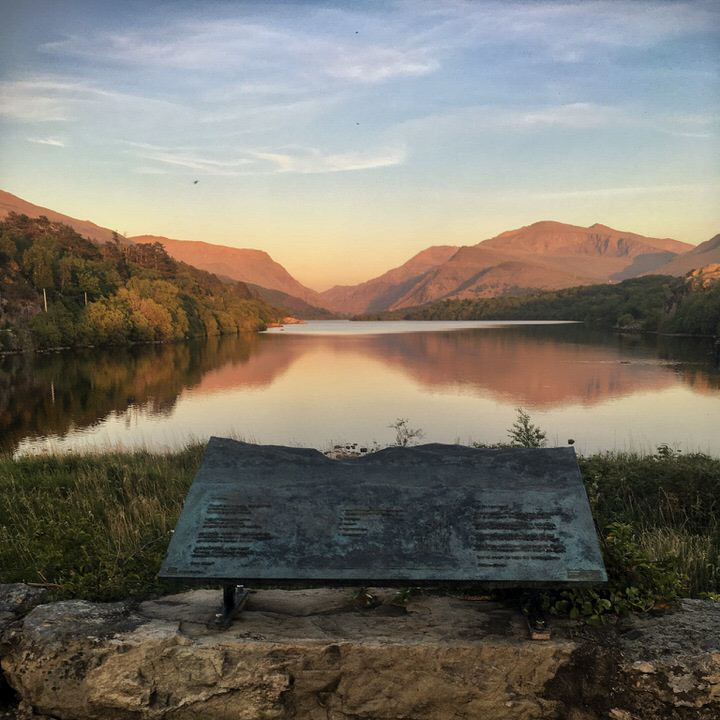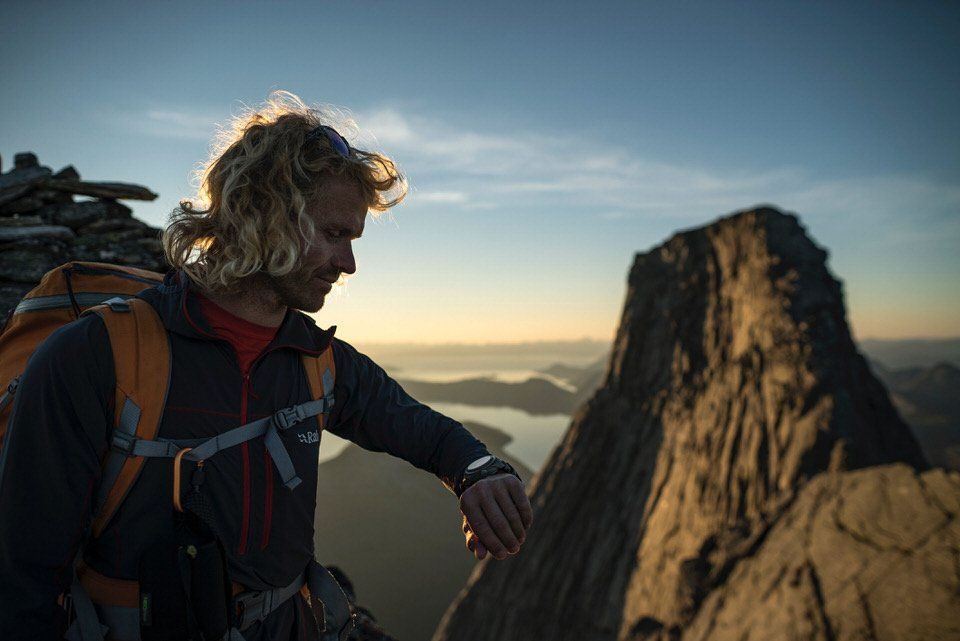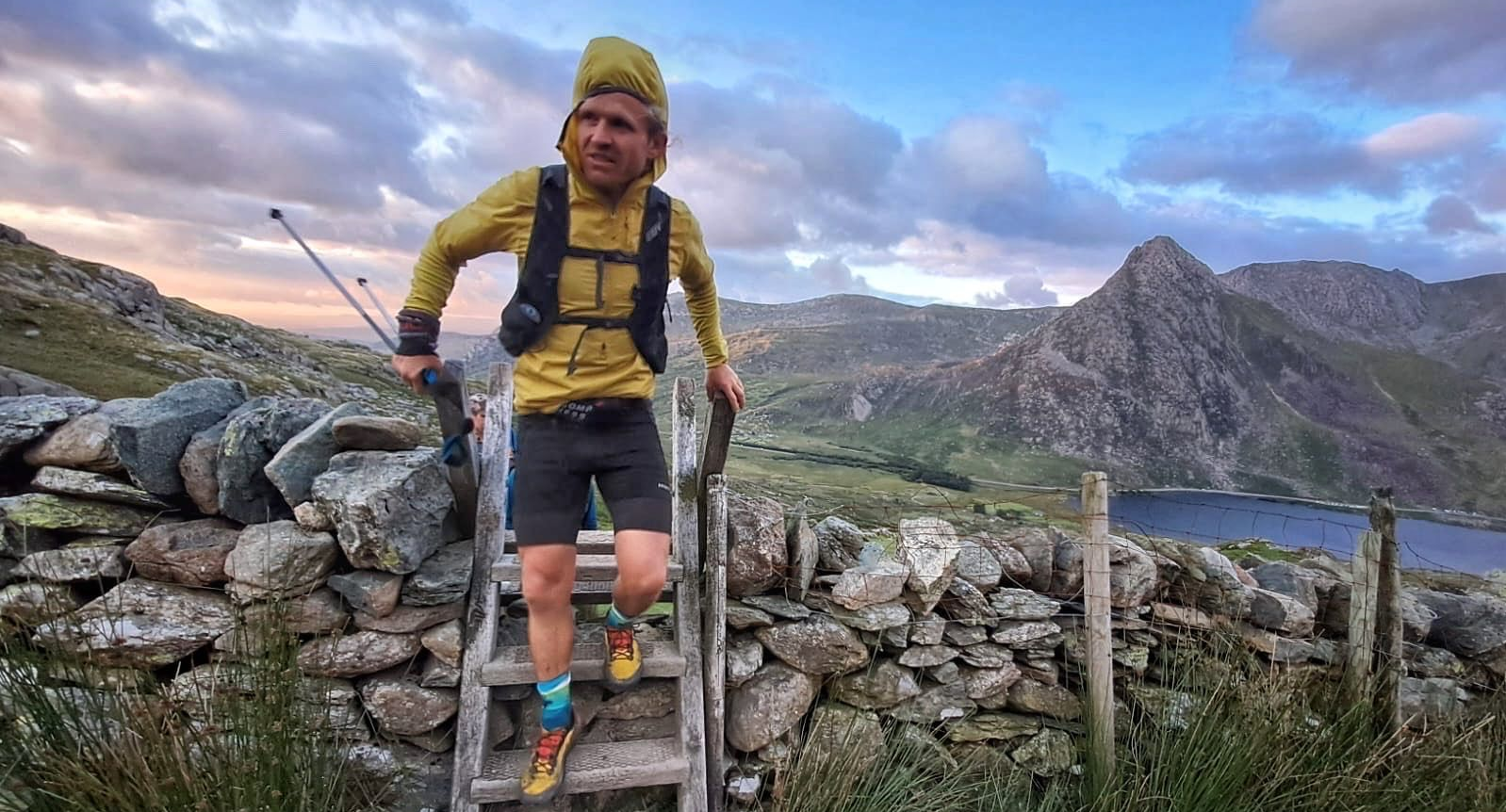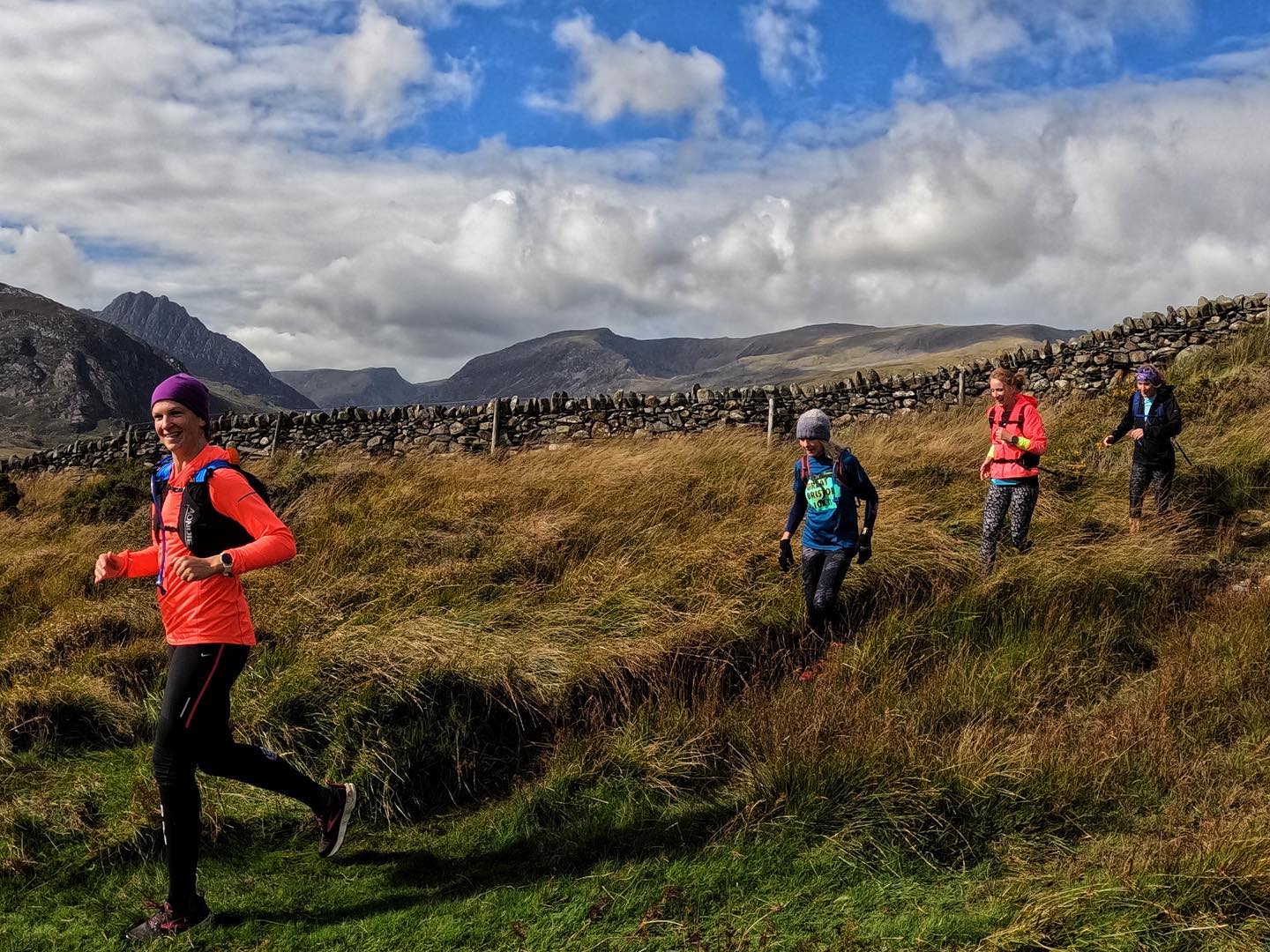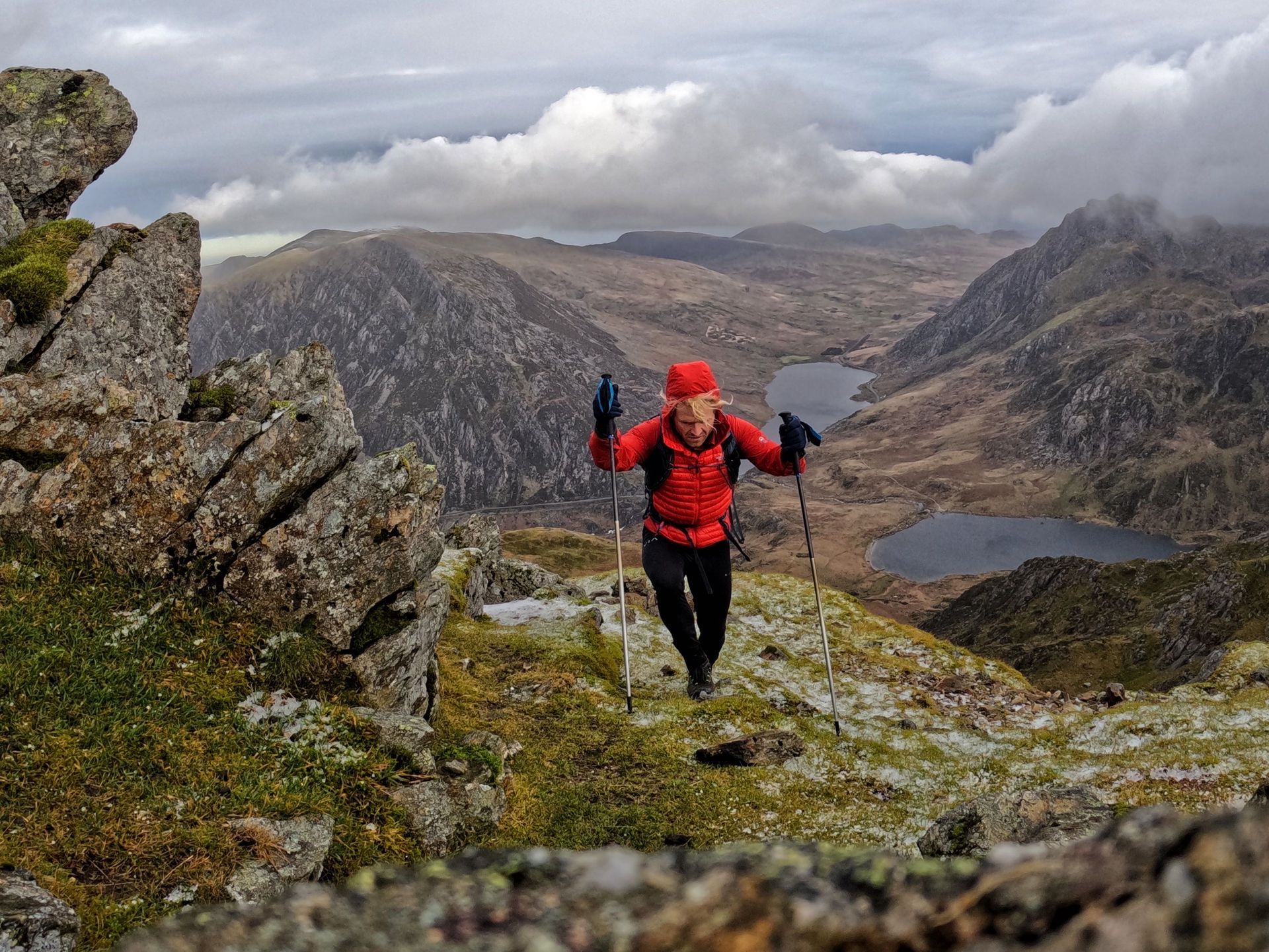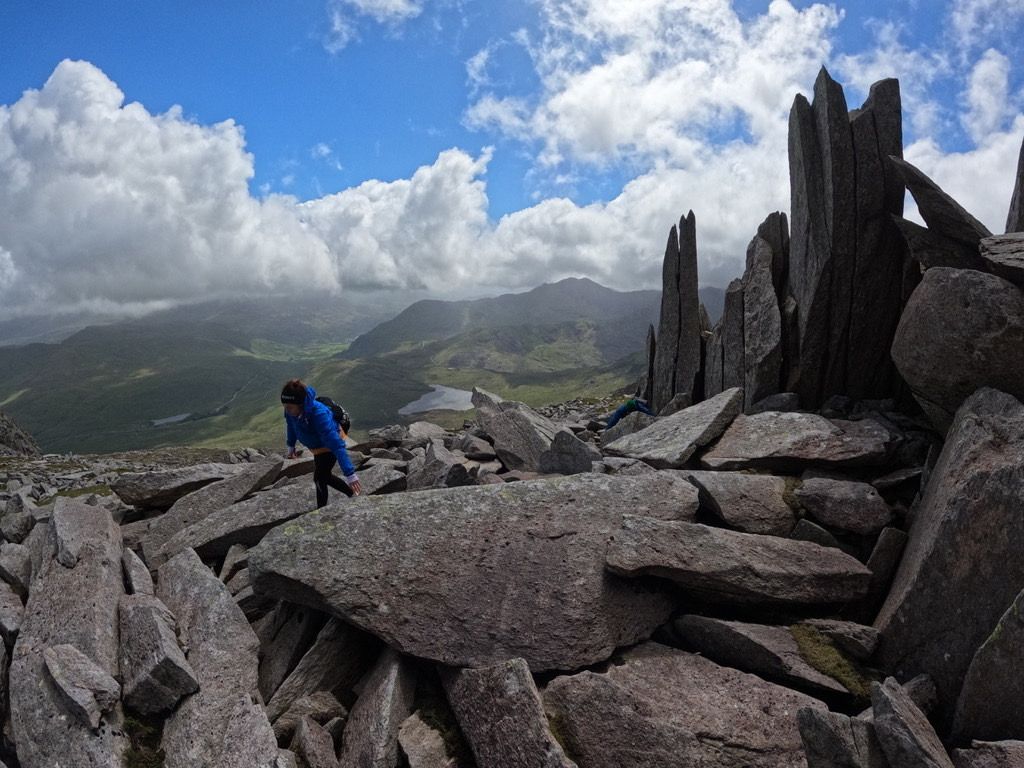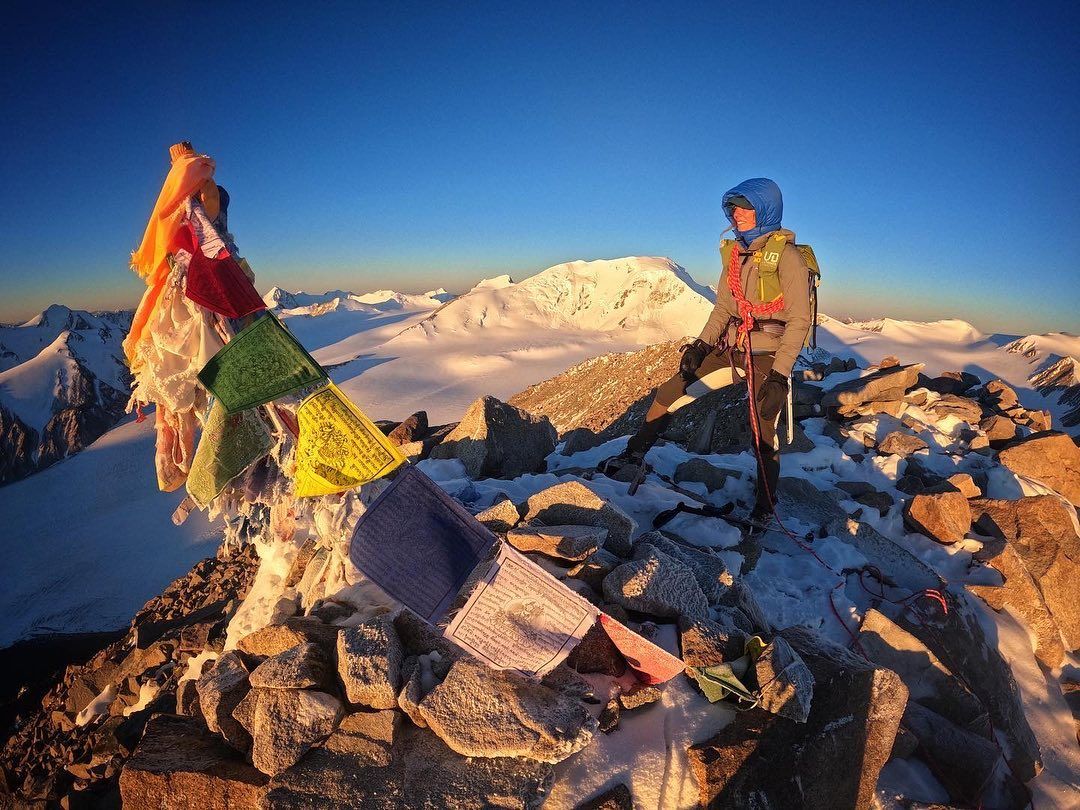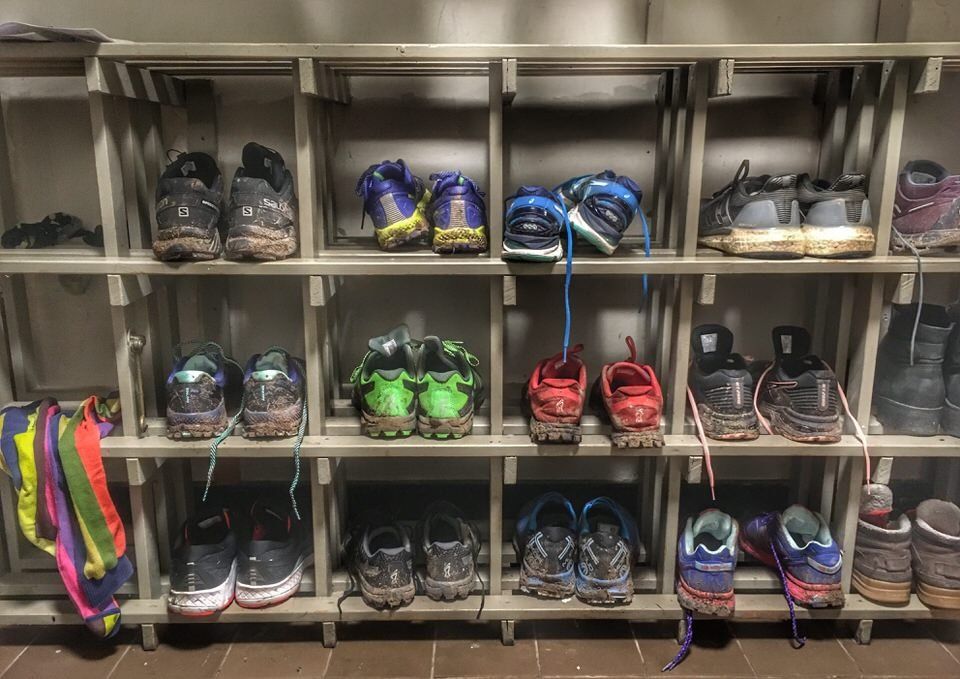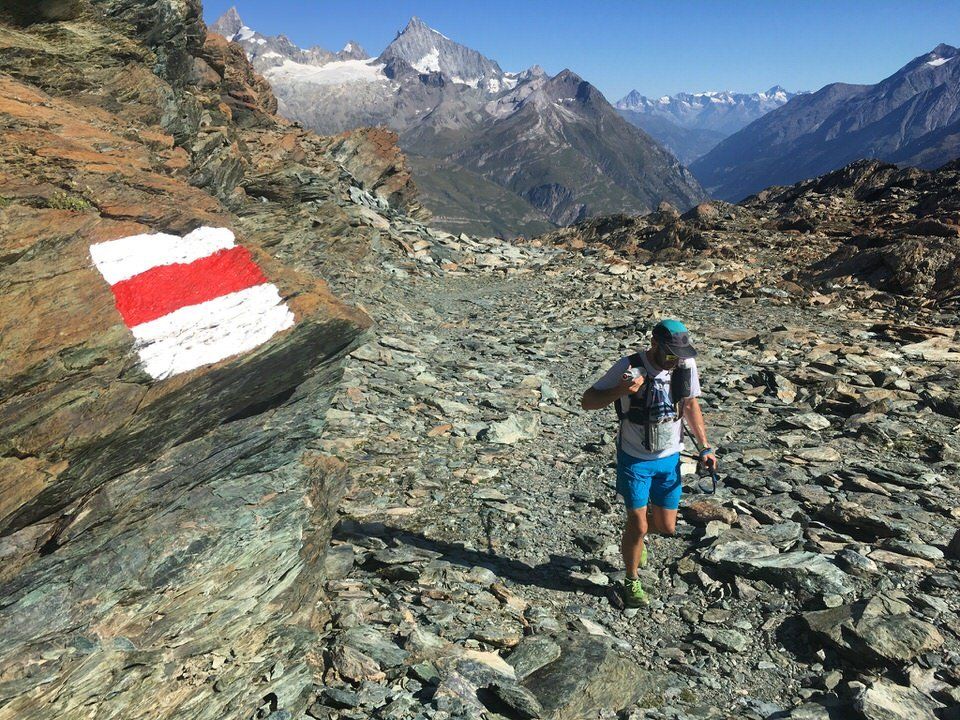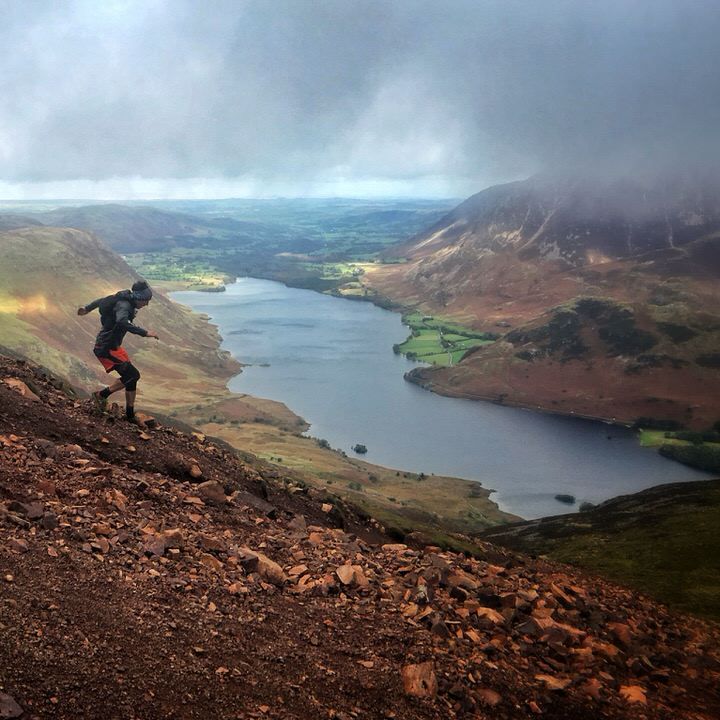Climbing Stetind
Climbing Stetind - Norway's National Mountain
In spring last year I was having a beer with a friend, fellow climber
and one of Bristol’s
up and coming photographers, James Austrums. Our conversation during the evening led to our shared experiences living in Norway
, the beautiful rugged mountain landscapes, views that deserve an Instagram post with a #photooftheday tag and the mystical Auroua Borealis know as the northern lights. James had spent a lot of time exploring the North of Norway and passionately described a granite mountain
rising from the fjords that can only be described as iconic. A couple of hours later, a couple more pints, much trawling through photos on google and flights were swiftly booked that would take me to the artic circle to climb Stetind, Norway’s national mountain.
Fast forward 6 months and our objective to climb
the South Pillar was chosen, through James we had Favre-Leuba, a Swiss watch company onboard and so many locations that were hand picked to ensure we got the best chance of seeing the northern lights. Just a week before our flights, the plans we had made looked to need serious reconsideration. Numerous weather systems were predicted to push over Norway bringing extensive cloud cover, blocking views of the sky and rain that would prevent any attempt on a large mountain route. As we dropped under the clouds descending into Bødo rain was pounding the plane and spirits were a little bit dampened by the prospect of 10 days searching for alternative objectives that would fit our brief. Our attention was soon distracted though as we rushed to get to the shops before they closed for the weekend. Being in a wet tent is one thing but being hungry in a wet tent isn't worth thinking considering.
After a couple of days battling the elements and getting out walking in the beautiful mountains of Lofoten, a late night weather check confirmed a change ahead. I was trying not to get excited, I've been here before looking at weather reports from all over the internet until I found one I liked the sound of only for it to change again! A short drive, many tunnels that are synonymous with the Norwegian mountains, a quick couple of ferries, a night sleeping in the back of the hire car, more tunnels and we finally got sight of our objective for the first time. The mountain itself consists of only one rock formation that gets progressively steeper and steeper as you near the summit and with only a small splattering of clouds and endless blue skies it deserved being stared at in wonder.
After checking our kit and finishing packing we started walking up though extensive birch forest that eventually led into open country and spectacular views. After a number of hours the ground started to steepen and we ascended through boulders that had been pushed down the valley by a glacier that has long since receeded before reaching Svartvatnet, an iced lake, that would be our bivi spot for the night. That nights sunset produced amazing colours behind the mountains and emphasised once again why I have pursued climbing mountains for so many years, I slept happy knowing what the morning would bring.
It was an early start and only a short hour walk before arriving at Kongelosjen (Kings Box). I started to place the gear on my harness the same way I always place it before a route, part ritual, part superstition, tracing out the route ahead in my mind. We made good progress at the base of the mountain, getting into a good rhythm of movement over the perfect granite cracks, grooves and slabs. The weather couldn’t have been better for the ascent
, very little wind with the sun wrapping us in warmth at the belays, allowing us to enjoy the views that got better the higher we ascended. These first pitches were a good warm up to the upper reaches of the mountain that would get progressively harder.
Climbing can be meditative, having a clear mind thinking about nothing but the moves you make and the gear you place. Its usually a sign that I’m climbing confidently and it was good to have that clearness of thought as I moved. The first difficulties were encountered after 9 pitches where a recent large rockfall had left behind a thin exposed finger crack. The moves were sustained throughout and the sole thin crack was being used for fingers, toes and gear which was fiddly at the best of times, it was good to climb uninhibited in such a spectacular setting.
The next 120 metres of climbing were by far the best and the most difficult. The route climbed a 40 meter pillar with grooves allowing good bridging throughout and the crux pitch which was a beautiful right slanting grove. For much of the climb we had been climbing cracks that you could wedge feet, hands, even arms into. All of a sudden, as is the case with climbing, a switch to a completely different style was needed.
Focused intently on the granite in front of me searching for anything that would assist with my footwork, any depressions or dimples anything that would help as I climbed, but nothing. After arranging a couple pieces of gear, I started through the crux and smeared, balanced and delicately made my way up the pitch with a breathtaking exposed drop down to the start of the route and beyond. The journey now to the top was straightforward and a slight sigh of relief that the crux so close to the top hadn't caused us any problems.
Standing on the summit of Stetind with the sun dropping to the west, the views over to Loftoten and the many mountains were out of this world. I found myself looking intently at the different mountains and thinking the same thought that I always think after climbing a route...... whats next! Descending along the normal route (which is a rock climb in its own right) and down to the tent we swiftly packed up and continued down in the fading light. We camped that night with a fire under the stars with Stetind in the backdrop enjoying a celebratory beer. As if the day couldn't get any better but then a a vivid display of the Northen Lights, Norway really is one of the most beautiful countries on earth!
Dean Russell is a climber, mountaineer and trail runner with over 15 years experience who offers courses and experiences to make your very own adventure happen. If you are interested in what Adventure Awaits offers you can find more information here .
James Austrums is a Bristol based photographer and videographer working in the outdoor adventure industry. James has been working for Favre-Leuba, using his unique adventures to promote their range of watches of which this was one. You can find more details at www.jamesaustrums.com
